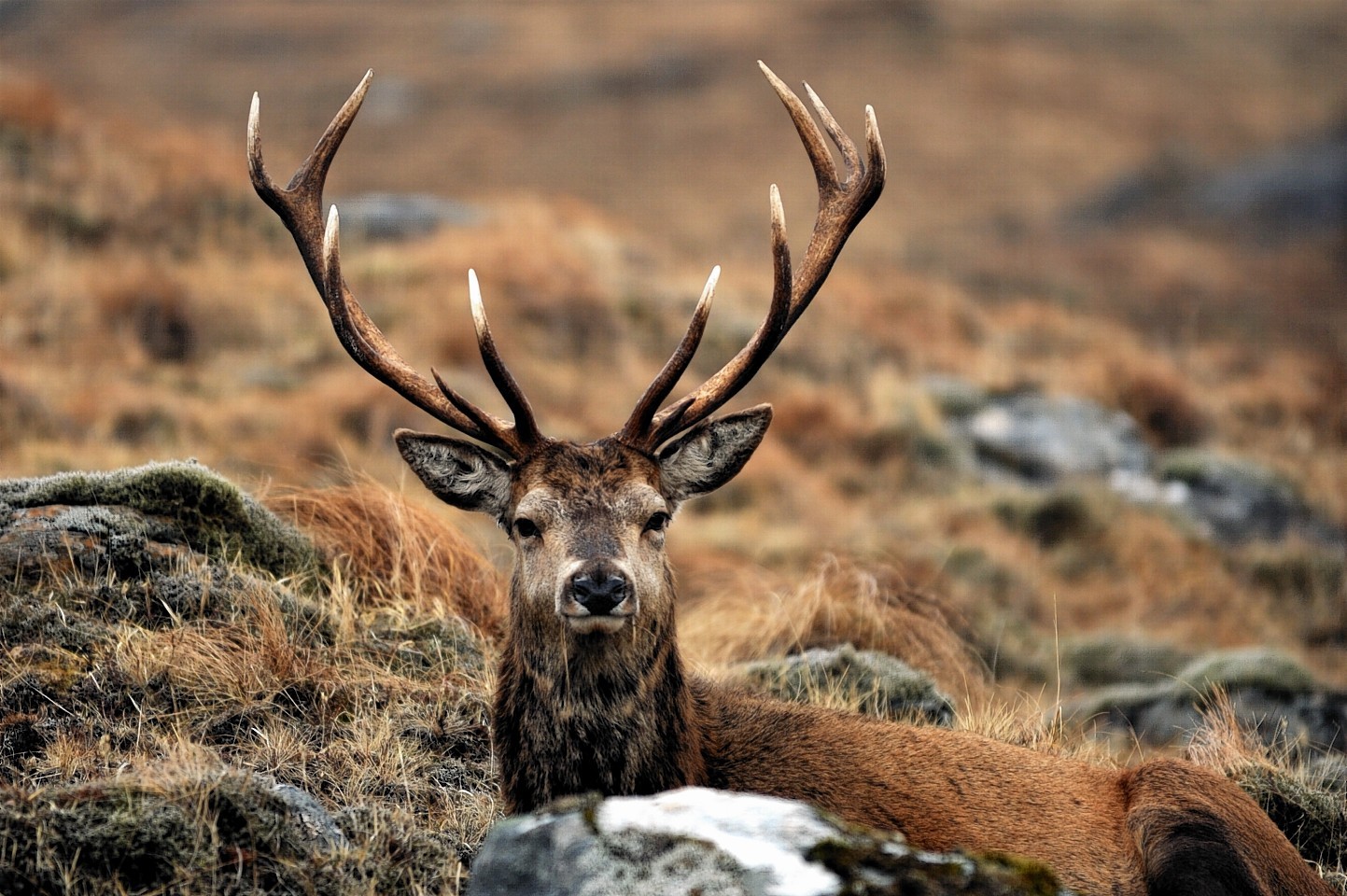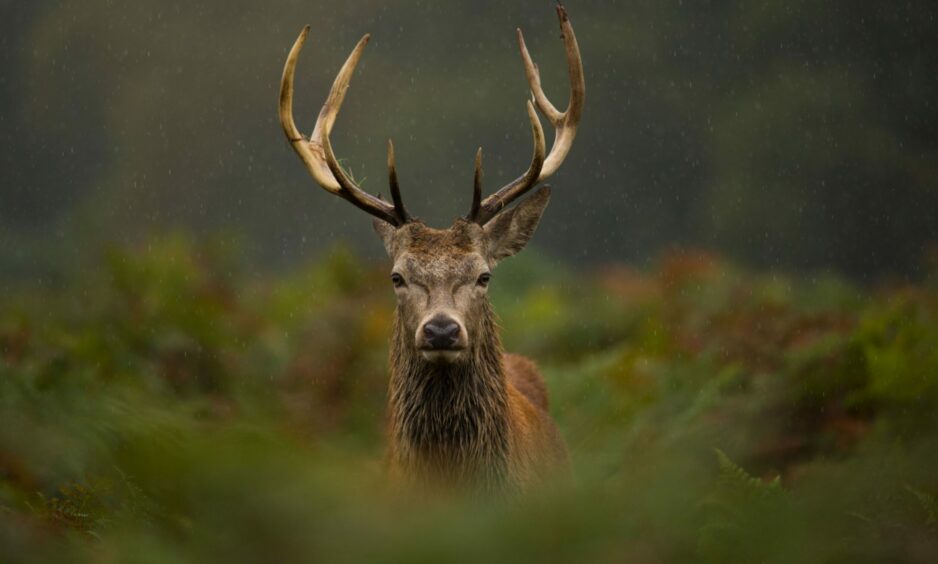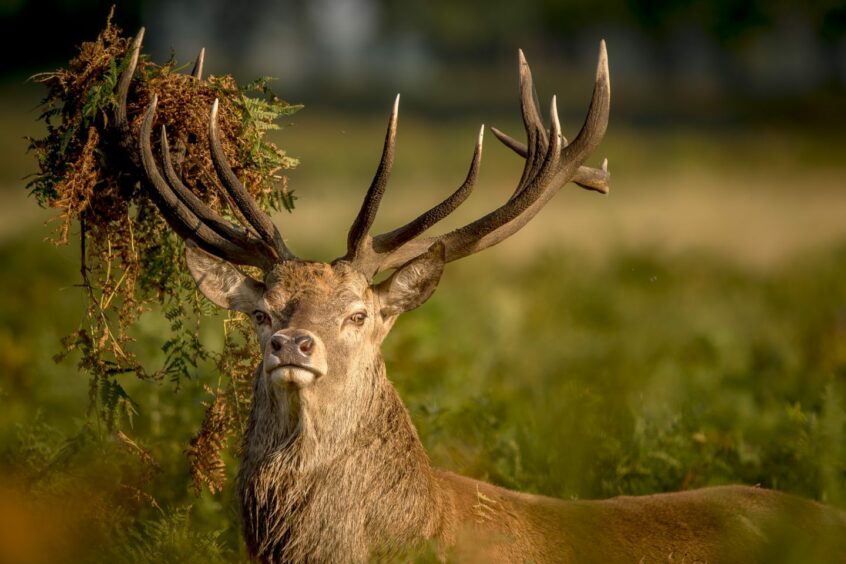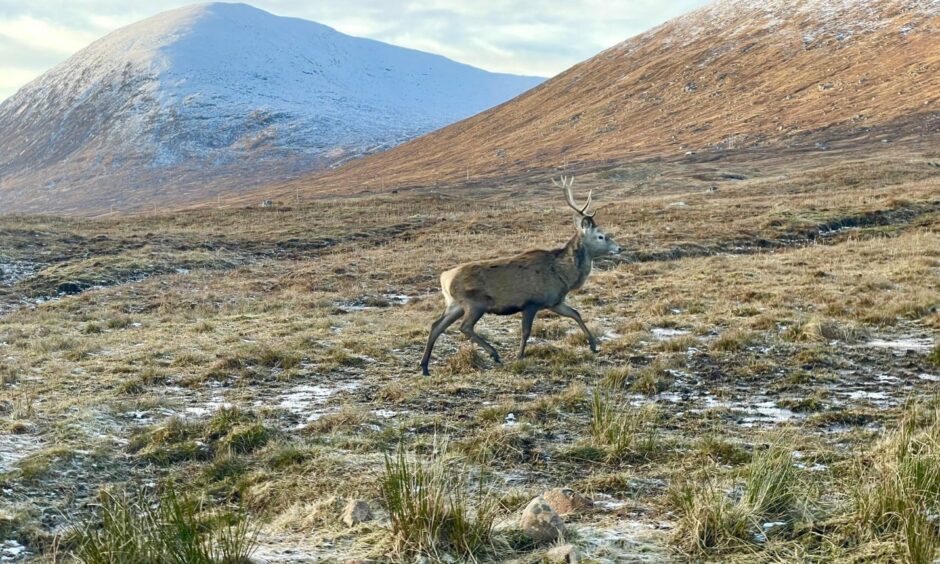Deer are being villainised and “lowered to vermin status”, a welfare charity claims.
The British Deer Society claims the iconic species is being unfairly singled out as the chief culprits in spreading Lyme disease and contemptuously blamed for being an ecological bully and a bigger threat to woodland than climate change.
Scottish policy officer James Scott says, by contrast, the role played by other factors – and animals – should also be examined.
‘Deer extermination call flags problem’
Mr Scott said a petition to eradicate deer on South Uist – dismissed in a vote this week – exemplified the problem.
Damage to crops, veg gardens, and cars, plus the island’s high Lyme disease rate triggered calls for a cull of the island’s 900-strong deer population – a major host of adult ticks.
Residents voted it down, but one in favour suggested her township alone lost thousands of pounds in the last two years.
She also claimed people were giving up on their veg gardens, and a crofter stopped keeping cows because deer were eating their grazing.
Thomas Fisher, who was instrumental in setting up the petition, said there was no doubt deer in the area were contributing to high levels of Lyme disease but the outcome of the vote was accepted.
‘Deer are not villains of the place’
Mr Scott “definitely accepted” that deer can cause problems and that the number of ticks in the Uist environment had risen in recent decades.
But he cautioned against drawing a correlation between greater deer numbers and an increase in reported cases of Lyme disease.
“Deer are very much being made out to be the villain of the piece,” he said.
“We’ve got NatureScot and others suggesting that cull numbers need to be higher to help us to meet climate change targets.
“We are just increasingly worried that deer are going to end up being treated as vermin.”
Claims deer protection being eroded
Mr Scott also raises concerns over a “fairly widespread softening” of the legislation protecting deer.
He claims: “We are seeing much more widespread use of out-of-season shooting and nighttime shooting.
“Those are important tools, but the fact that we are having to license something which is otherwise outlawed suggests we are not managing our deer population.
“The solution is proactive deer management based on science.”
Deer welfare is important to us, says NatureScot
Leading on work to reduce the deer impact, Scotland’s nature agency NatureScot defended out-of-season shooting and the use of night vision technology.
A spokeswoman said it was “underpinned by extensive evidence and research” and overseen by the Scottish Animal Welfare Commission.
She said applications to cull the animals at those times were “carefully considered”.
“Globally and in Scotland, nature is in decline and we face a climate emergency,” she added, pointing out that deer are an iconic species but their high numbers and lack of natural predators mean that they can have a negative impact on woodland and biodiversity.
“We are clear that in some parts of Scotland substantially reducing deer numbers is necessary to enable our woodlands and peatlands to naturally grow and capture carbon.”
She said red deer populations have remained stable since 2000 at about 10 deer per square kilometre. However, there are substantial regional differences.
Recent stories about deer:
‘Do we want to be the island that wiped out all its deer?’
South Uist residents vote to save island’s deer, despite Lyme disease fears





Conversation